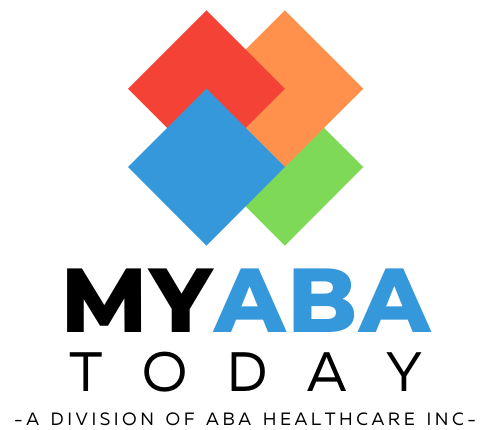Children with autism are often frustrated with changes in their daily schedule or the unexpected actions of another person. Parents and teachers often find themselves responding to the behavioral outcome of the stress and anxiety involved with this “inflexible thinking,” rather than teaching flexible thinking in a systematic way. Here are five tips that may make teaching this skill easier:
- The first step in teaching this skill is to realize that your child might not understand why the world works the way it does; why people make the decisions they do; or why routines are sometimes disrupted by necessary changes. Your child might depend on some sense of predictability in order to be relaxed in different environments, and unexpected change might cause him significant stress.
- Try using a calendar to teach “tolerance for change” in a very concrete, highly systematic way. Make sure your calendar has room to write information on each day. Make note of birthdays and family or community events on the calendar, and then teach your child to “check” the calendar every morning to see what is happening and to check for any changes. If a parent travels, you can mark out of town trips so that your child clearly sees when someone is leaving and returning. If your child asks perseverative questions about when a particular event will happen (Halloween, vacation, trip to Disney, etc.) refer him to the calendar to find his answer.
- A “change board” can be used alone or in conjunction with your calendar. The classic change board is a white wipe-off board hung in the kitchen. The board is always blank unless something is different about the daily schedule (such as a doctor appointment, a visitor, or something like the monthly disaster signal). You will need to teach your child to look at the change board every day to check for changes. Make this a habit.Once or twice a week, try creating a simple change (not too drastic or emotionally upsetting – something like shopping on a different day or going to visit someone after school) so that your child gradually becomes used to seeing a change posted on the change board. Then if your family has a last minute crisis that leads to an unexpected change in routine, you can write the change on the change board and prompt your child to check it. Changes might still be unpleasant but by using a system to introduce change, you can take “the edge off” and make the change easier to tolerate.
- Teach your child a calming routine. An example might be taking two deep breaths, rubbing hands together, closing her eyes and then taking two more deep breaths. Practice this routine several times every day. Make a habit of doing the routine prior to events that are predictable difficult for your child to tolerate (like checking the calendar or the change board).
- Once your child understands the routine of checking the calendar and change board in your kitchen, try developing a portable warning system. For example, write the changes on the calendar on your phone and make it a habit to check the calendar prior to each daily transition. Have a portable white board in your car to warn your child of any last minute changes while you are out.
- Encourage Fun Learning and Education – giving your child the best possible start in life is all you ever want as a parent. Of course, you want to help them to feel safe and create a predictable environment for them. However, many children thrive when they are exposed to more fun ways of learning and adventure in their lives. Whilst being mindful of the professional advice you have been given, you may want to consider student tours to Europe or even a family vacation to somewhere historic and interesting. Allowing your child to step out of their comfort zone and experience something brand new may help them to break down any walls or barriers they currently have.
Remember that all of this involves a learning style. It is not a character flaw or manipulative behavior so much as a response to stress and anxiety. Teaching your child how to handle emotions when things get too confusing or frustrating is one of the most important things you can do as a parent or teacher. Learning to think flexibly is an important part of learning to regulate one’s own emotions and responding to the world in a positive way.
REFERENCES
Buron, Kari Dunn. 2013. When My Worries Get Too Big! Second Edition. AAPC.
Buron, Kari Dunn. 2012. Adalyn’s Clare. Autism Asperger Publishing Co. (AAPC).
Goleman, Daniel. 2011. The Brain and Emotional Intelligence: New Insights. More Than Sound LLC. Digital Edition.
http://usevisualstrategies.com. Linda Hodgdon









